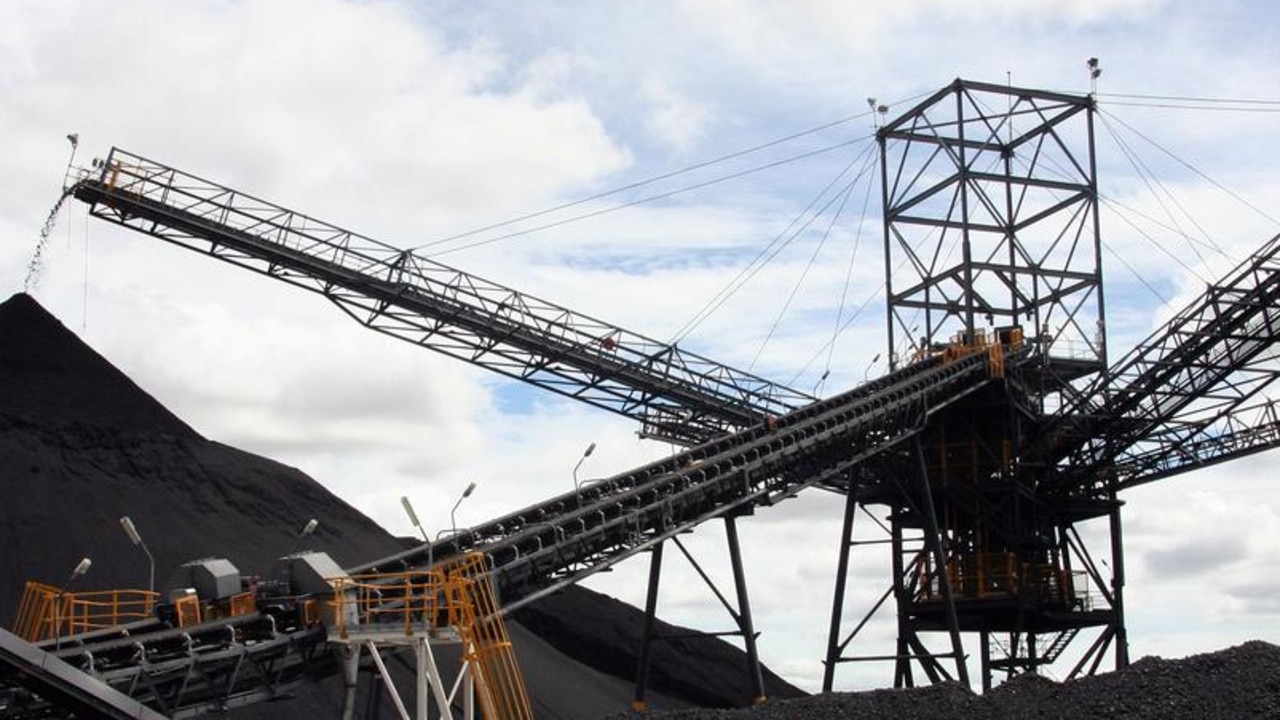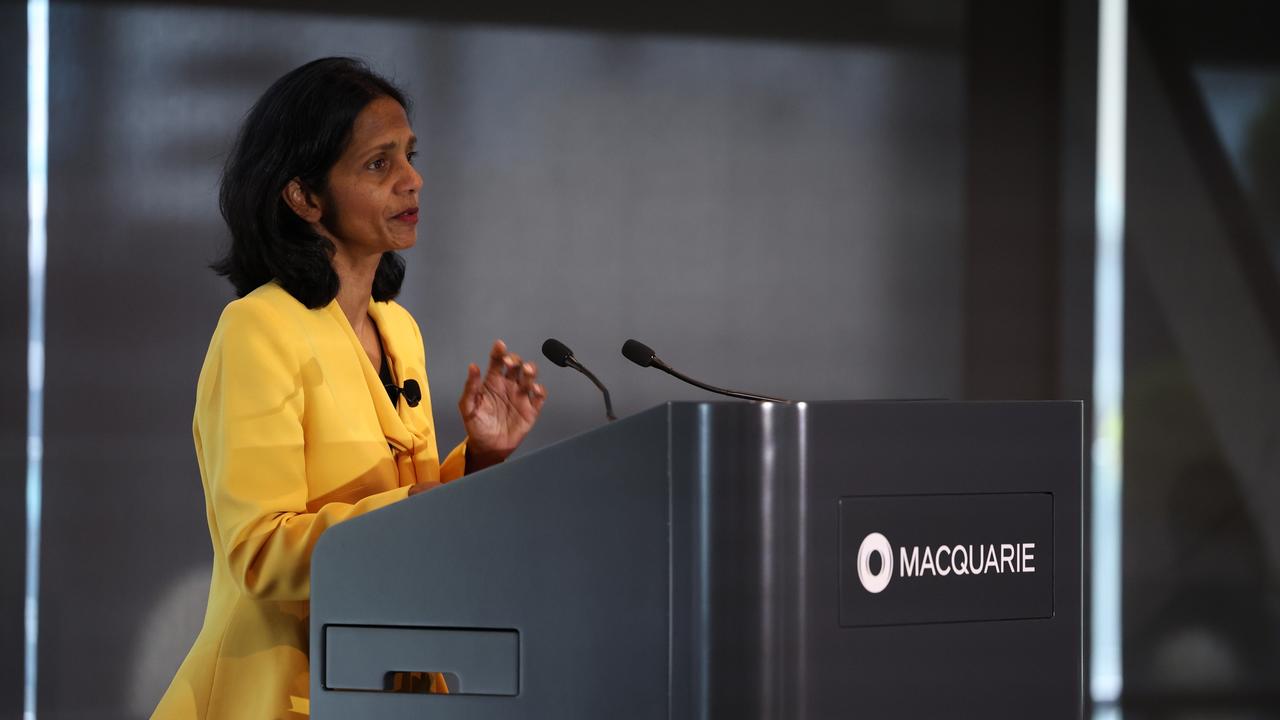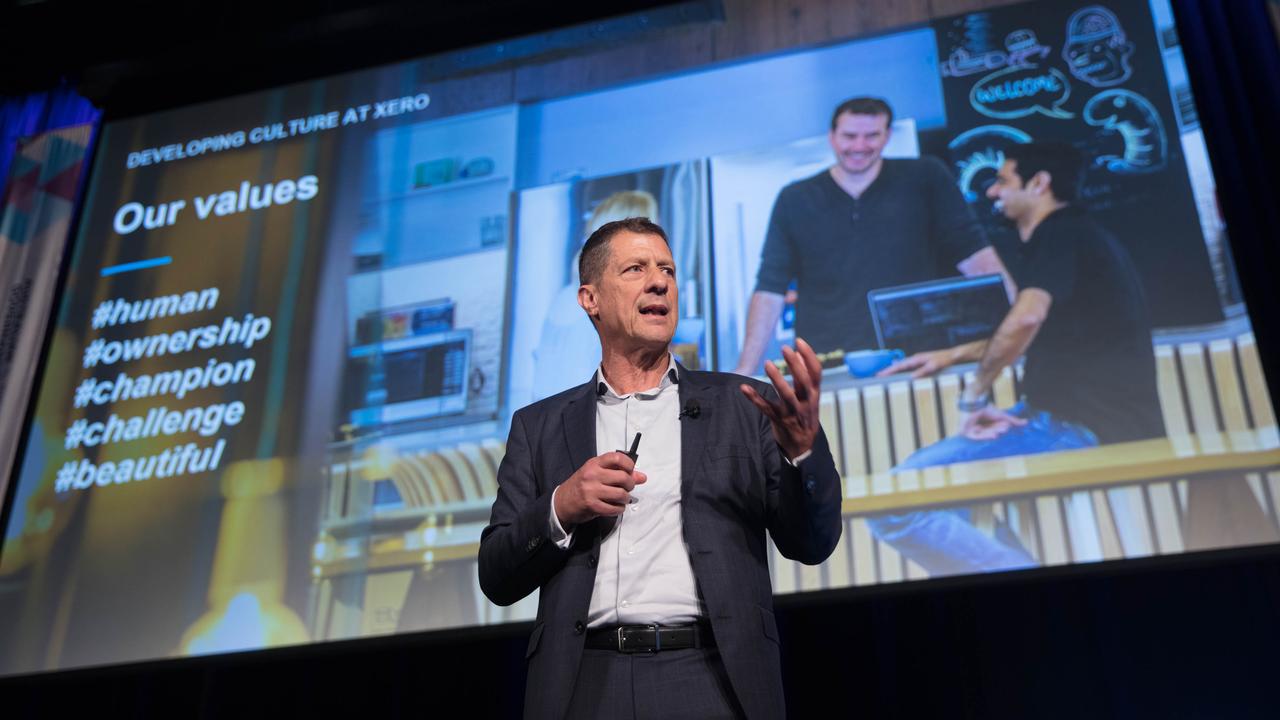AI, automation to result in one quarter of retail jobs gone by 2027, report predicts
As many as a quarter of all retail jobs will be replaced by AI and automation by 2027, according to a new report by ServiceNow.

Business
Don't miss out on the headlines from Business. Followed categories will be added to My News.
As many as one in four retail jobs will be replaced by AI and automation by 2027, according to a new report which has analysed the ability of new technologies to replace roles across the country.
About 322,000 full-time retail employees – representing about 24.9 per cent of the industry – are set to be disrupted by the technology.
Other industries set to see major change are finance and insurance which with 22.6 or 128,200 roles set to go followed by manufacturing with 18.2 per cent or 155,000 roles lost, of roles in finance and insurance will be replace about 18.2 per cent of roles will be gone, professional, scientific and technical services will lose 156,500 or 12.2 per cent of roles and healthcare and social assistance will lose 153,000 or 7.7 per cent of roles, according to the report in which ServiceNow worked with Pearson.
ServiceNow ANZ vice-president Eric Swift told The Australian he believed the impact would be largely positive as workers would be able to upskill and move into more impressive, inspirational roles. However, upskilling would depend on platforms and opportunities, he said.
“One of the things we see it doing is addressing the skills shortage in the economy today,” he said.
“The increased productivity that AI can bring to these roles will allow us to address that shortage and enable people in these in these different industries to take on more meaningful and impressive, inspirational roles, assuming they get educated and learn how to leverage AI, and that the organisations provide the platforms to do so.”
The report outlined several career pivots which found that sales assistants could become call centre team leaders or childcare workers, general clerks could become ICT support technicians or copywriters, checkout operators could be customer service mangers, account clerks could become web designers or ICT support offices, store persons could become school teachers or visual merchandisers and bookkeepers could become legal executives or web developers.
The report found around 500,000 new technology roles would be created over that same period.
It also found that AI and automation would contribute a further $90bn to the Australian economy over the next four years, according to the research.
Mr Swift said that kind of contribution signalled that the cost of implementing these new technologies would largely be recovered within a couple of years.
Australian Retail Association chief executive Paul Zahra was less optimistic, adding that the cost of new technologies was often out of reach for smaller businesses or limited by the size of the Australian retail market.
“One of the significant challenges in adopting automation in Australia is the return on investment due to a smaller market. Many of these technologies are very expensive however, technology costs overall appear to be coming down,” he said.
Mr Zahra AI across the nation’s retail sector was still largely in its “infancy” and much of the use of automation was taking place across the scenes.
“Automation in Australian retail thus far has been typically limited to behind-the-scenes tasks. The most common use of automation has been in robotics for warehousing and customer fulfilment,” he said.
When it came to upskilling workers, a message many tech companies have pushed in the age of AI, Mr Zahra said programs were “limited”.

“There are some upskilling programs for retail workers to use AI already, however these, much like AI’s rollout in Australian retail – are currently somewhat limited however, this will change quickly,” he said.
That was expected to change, with the ARA confident education programs would become more widespread as AI and automation are further integrated into the retail sector.
“We would encourage retailers to support their staff and provide the resources and education necessary for them to make best use of these technologies,” Mr Zahra said.
The ARA did predict a major transformation in retail with further adoption of AI and automation, with Mr Zahra adding he believed “automation in retail settings is typically used for monotonous tasks – and in doing so, can free up staff to focus on providing excellent customer service and assisting shoppers”.
“Retailers are conscious that human interaction is a significant reason why many Australians still prefer to shop face-to-face, and they understand the value of this,” he said.
“What we’re likely to see is a hybrid approach, hi-tech and hi-touch, as technology continues to develop. Automation is mostly designed to complement and assist the work of staff, rather than replace them.”
More Coverage
Originally published as AI, automation to result in one quarter of retail jobs gone by 2027, report predicts









